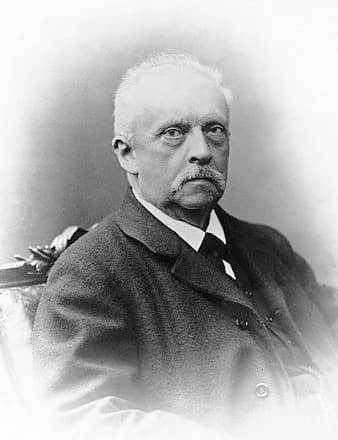Kathy Joseph's Blog, page 6
October 25, 2022
How a Leyden Jar Works
Wait? How did a jar of water shock anyone? And why? Well, I’ll tell you and along the way, I will talk about: shocking people for the king’s pleasure, breaking the rules, and masochistic adrenalin junkies with some really difficult names to pronounce.
Table of ContentsThe Electrifying ExperimentHow the Leyden Jar WorksAndreas Cunaeus Jean-Antoine NolletHow Popular was Leyden JarThe Electrifying ExperimentThis story began on October 11, 1745. O...
October 23, 2022
The True Father of Electricity: Stephen Gray
On May 1, 1729 a retired clothing dyer noticed a single feather moving in a strange way which changed the course of history. How did a single feather change the course of history? Well, I’ll tell you and along the way, I will talk about class prejudice, the true father of electricity, electrifying hot pokers, live chickens, and “flying” children!
Table of ContentsThe First Real Study of Electricity: Stephen GrayThe Discovery of Electric CommunicationThe Discovery ...How Static Electricity Works
How did gold lead to the first rules of electricity? And, why is it ½ correct? What is correct and what was incorrect? Well, I’ll tell you and along the way, I’ll talk about how static electricity works, why it doesn’t work on humid days, and why it often flows away and confuses us.
Table of ContentsGray’s ArticleDu Fay’s DiscoveryExperimenting with Gold Why Electrical Experiments only work on Dry DaysWhy Du Fay was only 1/2 CorrectGray’s Article...October 21, 2022
Nikola Tesla Facts and Fiction
What have you heard about Tesla? That he invented Alternating Current (AC)? That he and Edison fought the “War of the Currents” over AC vs. DC? That Edison hounded him? That he wanted to give everyone free electricity? That he was a Physics genius? That’s what I heard on YouTube and on websites and even on television shows! But I researched it by reading primary materials and, ready to have your mind blown, these are all wrong. All of them.
What are the “facts” commonly told about Tesla?
...October 16, 2022
George Westinghouse: The Unsung Hero of Electricity
This video is my attempt to correct what I think is an injustice.
The erasure and villainization of a man named George Westinghouse Jr. who I think w...
Protected: George Westinghouse: The Unsung Hero of Electricity
This content is password protected. To view it please enter your password below:
Password:
The post Protected: George Westinghouse: The Unsung Hero of Electricity appeared first on Kathy Loves Physics.
September 27, 2022
Maxwell’s Equations Explained: Supplement to the History of Maxwell’s Equation
In this video I am going to explain the dot product, the cross product, the divergence, the curl and how it all works for Maxwell’s equations AND what Maxwell’s equations mean about magnets and light and a tiny bit about why that is important. But before I do that, I want to take a moment to say why I am making this video.
See, as many of you know, I am a science historian who makes videos and writes books where I use the personal stories of the scientists to teach the science...
September 12, 2022
How Heinrich Hertz Discovered Radio Waves to Validate Maxwell’s Equation
How was the first radio wave discovered and why? Well, it all had to do with a pessimistic young German scientist named Heinrich Hertz and a contest that he was too intimidated to try.This is one of the most influential experiments of all time.
Table of ContentsHermann von HelmholtzHertz’s Early Life How Hert’z Discovered The Photoelectric Effect Hertz’s LegacyReferencesHermann von Helmholtz Hermann von Helmholtz
Hermann von HelmholtzPractical Physics published 1914...
History of the Telegraph: How Samuel Morse Stole It & Became Famous
A scientist named Joseph Henry and a machinist/inventor named Alfred Vail invented the telegraph that transformed the world. Samuel Morse put their ideas together and gained the fame and the profit.
Morse didn’t do it for money, however. His inspirations were a strange brew of ego, tragedy and xenophobia. How could ego, tragedy and xenophobia lead to Samuel Morse gaining all the fame for this transformative invention? Well, I’ll tell you in this short video.
Table of Co...September 6, 2022
Niel Bohr’s Nuclear Model: The Nuclear Model That Changed Physics
Niels Bohr said that before 1913 no one expected that the lines of color you get from burning hydrogen would tell you anything about physics even though the colors follow a pattern. Just like butterflies have patterns with the colors on their wings, “but nobody thought that one could get the basis of biology from the coloring [on the] wings of a butterfly.[1]”
However, in February of 1913, 27-year-old Niels Bohrread a book about the spectral lines of hydrogen and everything clicked. Within ...



